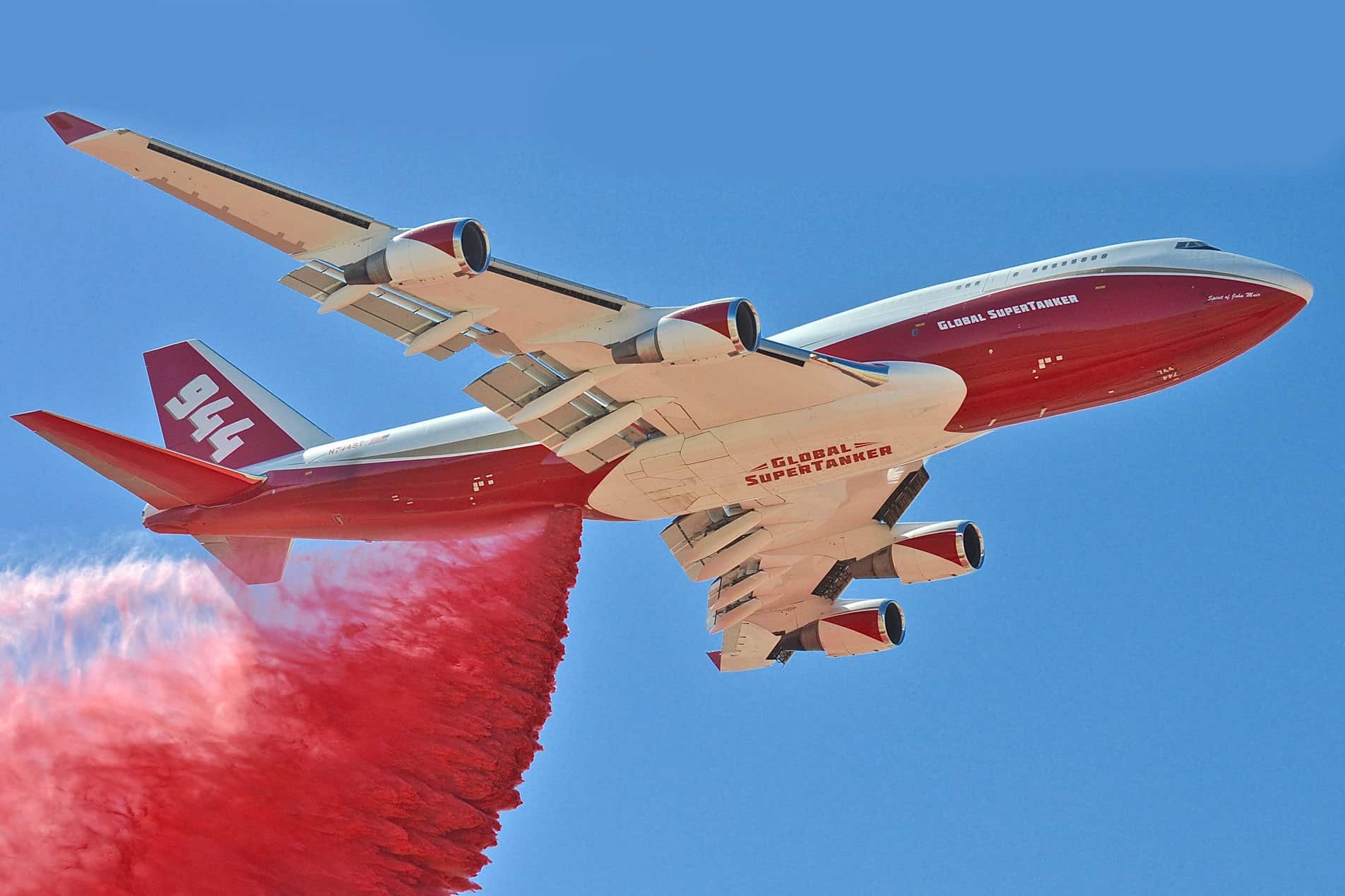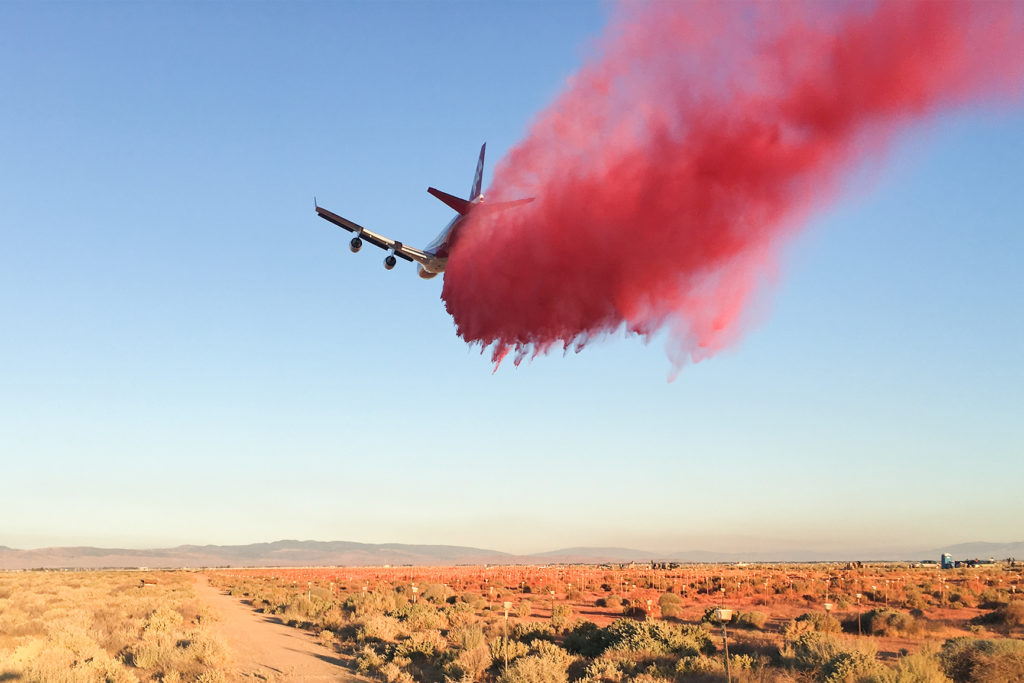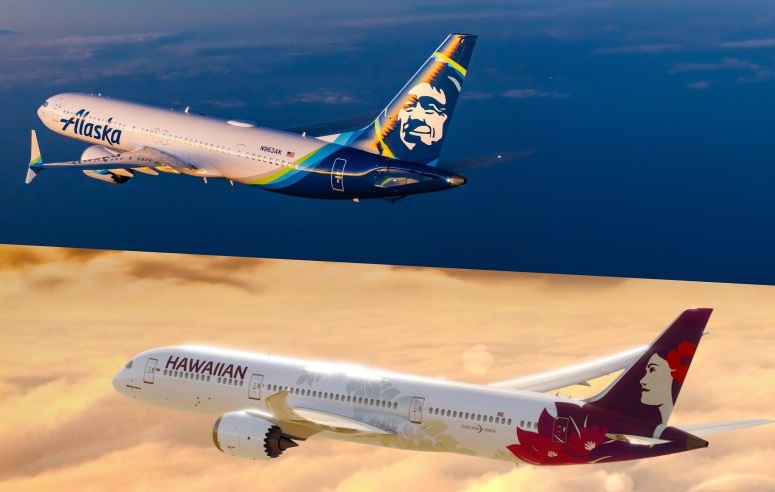Aviation Trek
The 747 Supertanker is ceasing operations

The company in charge of the Boeing 747-400 SuperTanker operations, the Tanker 944, which is used in firefighting around the world, may be discontinuing operations with its massive aerial firefighting aircraft.
The information was gathered from an e-mail sent on April 21st to employees in the United States (Colorado, Oregon, and Washington) as well as the United States government, in which Dan Reese, president of Global SuperTanker Services, wrote: “This week, the Global SuperTanker investor-owners just told me that they had made the difficult decision to cease operations of the firm, as of this week.” It’s a huge letdown because the plane was outfitted with a new system and other upgrades to make it safer and more powerful. ” The aircraft’s future is unclear.

Courtesy : Global super tanker services
The SuperTanker can transport more than 20,000 gallons of water. The US government, however, has licensed it to carry 19,200 gallons. However, the plane normally consumes less than 17,500 gallons.
Boeing 747-8i vs Airbus A380 a Comparisons of two Legends
When it comes to firefighting aircraft and their capabilities, the Boeing 747-446(BCF) has the most capacity for this form of service, followed by the Ilyushin IL-76 – with a total capacity of 11,574 gallons – and the DC-10, which was previously allowed to hold 11,600 gallons but is now limited to 9,400 gallons.
About Super tanker :
The Boeing 747 Supertanker is one of many aerial firefighting airtankers derived from different Boeing 747 versions. The planes can hold up to 19,600 US gallons (74,000 L) of fire retardant or water. They are the world’s biggest aerial firefighting aircraft. Evergreen Aviation suggested converting up to four of its Boeing 747-200 Freighters to Supertankers. On February 19, 2004, the first converted Boeing 747 (N470EV) took to the skies.
How much fuel does an A321 and B747 plane use on a single flight?
First drop on a fire
The initial version of the Supertanker installed by Evergreen in a 747-100 made its first ever drop on a fire 12 years ago at the Railbelt complex in Alaska in 2009. When Evergreen went bankrupt Global Supertanker bought the hardware and the rights to the retardant system and installed it in a newer more powerful 747-400.

Airlines
Alaska Airlines Acquisition of Hawaiian Airlines Reshapes the Air Travel Landscape

Alaska Air Group, Inc. (NYSE: ALK) and Hawaiian Holdings, Inc. (NASDAQ: HA) jointly announced today the execution of a definitive agreement, signifying Alaska Airlines’ acquisition of Hawaiian Airlines at a cash price of $18.00 per share. The total transaction value stands at approximately $1.9 billion, encompassing Hawaiian Airlines’ net debt of $0.9 billion.
The combination of complementary domestic, international, and cargo networks
This strategic union is poised to open up an array of additional destinations, providing consumers with increased choices in crucial air service options across the Pacific region, Continental United States, and globally.
The transaction is anticipated to establish a robust platform for growth and competition in the U.S., offering enduring employment opportunities, ongoing community investments, and a commitment to environmental stewardship.
Key Points:
- Acquisition Overview:
- Fleet Expansion and Network Reach:
- Creates the fifth-largest U.S. airline with a fleet of 365 narrow and wide-body airplanes.
- Enables access to 138 destinations through combined networks and over 1,200 destinations via the oneworld Alliance.
- Hub Development and Connectivity:
- Honolulu to become a key hub for the combined airline, offering expanded services to the Continental U.S., Asia, and the Pacific.
- Tripling the number of destinations from Hawai‘i to North America, while maintaining robust Neighbor Island service.
- Commitment to Hawai‘i:
- Strong commitment to Hawai‘i, ensuring robust Neighbor Island air service.
- Aiming for a more competitive platform supporting growth, job opportunities, community investment, and environmental stewardship.
- Employee and Union Commitment:
- Commitment to maintaining and growing the union-represented workforce in Hawai‘i.
- Immediate value creation with at least $235 million of expected run-rate synergies.
- Investor Call and Timeline:
- Investor conference call scheduled for today at 5:00 p.m. ET / 2:00 p.m. PT / 12:00 p.m. HT.
- Anticipated closing of the transaction within 12-18 months.
- Strategic and Financial Rationale:
- Complementary networks to enhance competition and provide greater choice for consumers.
- Preservation of both Alaska and Hawaiian Airlines’ brands on a single operating platform.
- Expected to deliver high single-digit earnings accretion for Alaska Airlines within the first two years.
- Community and Sustainability Commitment:
- Focus on growth in union-represented jobs and strong operational presence in Hawai‘i.
- Commitment to environmental stewardship, aligning with Alaska Airlines’ five-part path to net zero by 2040.
- Synergies and Accretion:
- Expected run-rate synergies of at least $235 million.
- Transaction multiple of 0.7 times revenue, approximately one third the average of recent airline transactions.
- Conditions to Close:
- Approval by regulatory authorities and Hawaiian Holdings, Inc. shareholders.
- Expected to close in 12-18 months, with the combined organization based in Seattle under the leadership of Alaska Airlines CEO Ben Minicucci.
-

 Travel1 week ago
Travel1 week agoAir India to Expand US Operations with Three New Routes After a Decade
-

 Travel2 weeks ago
Travel2 weeks agoWhy We Should Avoid These Stamps in a Passport
-

 Airlines1 month ago
Airlines1 month agoInvestigations Reveal Fake Chinese Titanium in Boeing and Airbus Jets
-

 Tech4 weeks ago
Tech4 weeks agoChina’s CATL Plans 1,800-Mile Electric Plane Launch by 2027
-

 Airport3 days ago
Airport3 days agoTop 10 Largest Airports in the World by Size
-

 Aerospace4 weeks ago
Aerospace4 weeks agoChina’s Fighter Jets Turn Wings into Autonomous Drones
-

 Airlines4 days ago
Airlines4 days agoAir India Rolls Out A350s for Delhi-New York JFK and Newark Routes
-

 Defence3 weeks ago
Defence3 weeks agoBoeing Enhances Chinook with New Engines and Block II Upgrades at $96 Million







